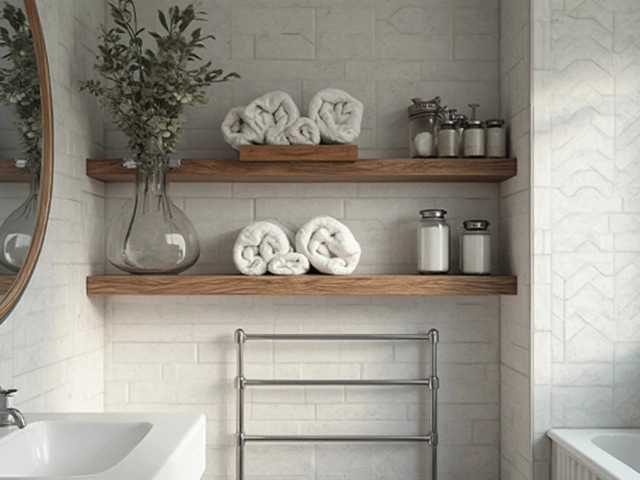Buying Flooring: Your Quick Guide to the Right Choice
Staring at endless flooring options can feel overwhelming. You want something that looks good, lasts long, and fits your budget. This guide breaks down the main things you should think about before you click “add to cart”.
Choosing the Right Flooring Type
First, figure out where the floor will live. A high‑traffic hallway needs a tougher material than a bedroom. Here are the most common choices:
Vinyl – cheap, water‑resistant, and easy to install. Great for kitchens and bathrooms.
Laminate – mimics wood without the real wood price. Works well in living rooms but can swell if it gets wet.
Engineered wood – real wood veneer over plywood. Gives the look of hardwood and handles modest moisture.
Tile – stone or porcelain. Super durable and perfect for wet areas, but cold underfoot.
Think about how much foot traffic the room gets, whether it gets wet, and what vibe you’re after. If you’re not sure, pick a material that balances durability and style for the space.
Smart Ways to Save on Flooring
Budget doesn’t have to mean compromise. Here are a few tricks to stretch your dollars:
1. Shop sales – many retailers discount flooring at the end of a season. Sign up for newsletters to catch the deals.
2. Buy in bulk – ordering enough for the whole room (or house) often earns a lower price per square meter.
3. Consider DIY installation – click‑lock vinyl or laminate can be laid by hand. You’ll save on labor costs.
4. Look for leftovers – some stores sell “remnant” pieces at a fraction of the price. Perfect for small rooms or closets.
5. Check online marketplaces – reputable sellers often list overstock at reduced rates.
When you compare prices, always include the cost of underlay, adhesive, or any extra trims. Those items can add up quickly.
Now that you know the basics, here’s a quick step‑by‑step to finish your purchase:
1. Measure the room accurately – add 10% for waste. 2. Choose the material that matches the room’s use. 3. Set a realistic budget, including installation. 4. Look for sales, bulk discounts, or remnants. 5. Order a sample to see the colour and texture in your light. 6. Decide if you’ll DIY or hire a pro. 7. Schedule delivery and plan the install date.
Following these steps keeps you from buying too much or the wrong type. It also means you’ll be happy with the floor for years, not just weeks.
Remember, the right floor should feel solid under your feet, look good with your furniture, and stay within your budget. Use this guide as a checklist, and you’ll walk away with a floor you love without the stress.






